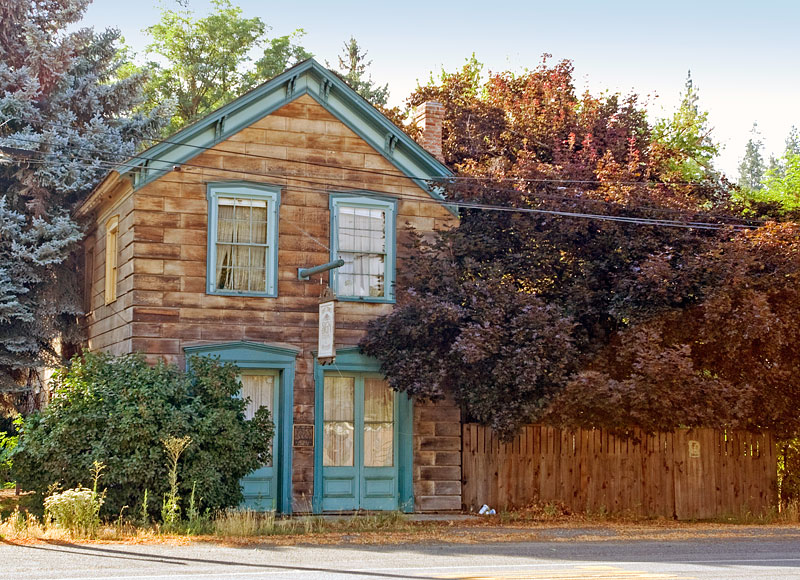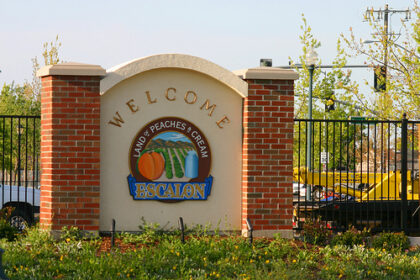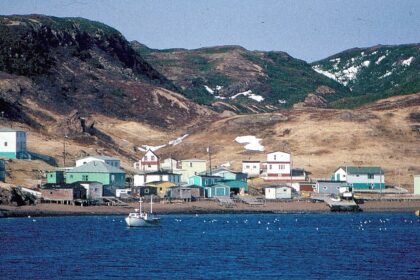Fort Jones is a city in the Scott Valley area of Siskiyou County, California, United States. Take a look below for 15 fun and amazing facts about Fort Jones, California, United States.
1. Like many of the communities that surround Mount Shasta, it lies in the southern tip of the Cascadia bioregion.
2. Its population is 695 as of the 2020 census, down from 839 from the 2010 census.
3. Norman F. Cardoza, (September 3, 1930 – ) a journalist at the Reno Evening Gazette and Nevada State Journal, earned the Pulitzer Prize “for editorials challenging the power of a local brothel keeper”. He was born in Yreka, California, son of John C. and Emily S. Cardoza, and attended Moffett Creek School and Fort Jones High School.
4. Lauran Paine, born Lawrence Kerfman Duby Jr., (February 25, 1916 – December 1, 2001) author of more than 1,000 books including hundreds of Western stories under various pseudonyms, including Mark Carrel, Clay Allen, A. A. Andrews, Dennis Archer, John Armour, Carter Ashby, Harry Beck, Will Benton, Frank Bosworth, Concho Bradley, Claude Cassady, Clint Custer, James Glenn, Will Houston, Troy Howard, Cliff Ketchum, Clint O’Conner, Jim Slaughter and Buck Standish among others.
5. John King Luttrell (June 27, 1831 – October 4, 1893) was a U.S. Representative from California. He moved to Siskiyou County in 1858 and purchased a ranch near Fort Jones. He engaged in agricultural pursuits, mining, and the practice of law. He was appointed United States Commissioner of Fisheries and special agent of the United States Treasury for Alaska in 1893. He died in Sitka, Alaska at age 62, and was interred in Fort Jones Cemetery.
6. Fort Jones is registered as a California Historical Landmark. It takes its name from the frontier outpost once located less than a mile to the south of the city’s corporate limits.
7. The town was originally named Scottsburg (c. 1850), but was changed to Scottsville shortly afterward.
8. In 1852, the site was again renamed Wheelock, this time in honor of Mr. O. C. Wheelock who, with his partners, established the area’s first commercial enterprise.
9. In 1854, a post office was established and the town was renamed again, becoming known as Ottitiewa, the Indian name for the Scott River branch of the Shasta tribe. The name remained unchanged until 1860 when local citizens successfully petitioned the postal department to change the name to Fort Jones, a name that is retained to the present day.
10. The earliest permanent building at the town site was built in 1851 by two Messrs. Brown and Kelly. It was purchased soon after construction by O. C. Wheelock, Captain John B. Pierce, and two other unknown partners.
11. Wheelock and his partners established a trading post, a bar, and a brothel at this site, which primarily served the troopers stationed at the fort. Near the end of the 1850s, the nearby mining camps of Hooperville and Deadwood began to disband as a result of the dwindling stores of placer gold, epidemic illness and devastating fires.
12. The mines around Scott Valley attracted many immigrants from many parts of the United States and the world, attracted to the area by news of the California Gold Rush of the 1850s. Irish and Portuguese immigrants remained as ranchers in the area after making enough on the gold fields to purchase property tracts in the valley.
13. In the early years of the Twentieth Century, the northern Scott River tributaries of Moffitt and McAddams creeks were extensively settled by the Portuguese. The Irish surname Marlahan lives on after that family received a shipment of British hay seed infected with the seed of a plant known as Dyers Woad.
14. Those seeds spread their spawn throughout Scott Valley, culturing a plant known in the area as Marlahan Mustard. The plant has a beautiful, canary plume in the spring which matures to small, black, hard seeds. Unfortunately, the herbivore beasts of burden will not eat hay in which this plant exists, and ever since it has been a scourge on the ranchers of Scott Valley.
15. On December 14, 1894, Billy Dean, a Native American, was lynched by unknown persons in the town of Happy Camp, California while in the custody of Constable Fred Dixon. Dean was accused of shooting co-worker William Baremore near Grinder Creek outside of Happy Camp on December 5, 1894. Constable Dixon and Dean were staying at a hotel in Happy Camp while on their way the Yreka, California jail, where Dean would be safe from local vigilantes.




